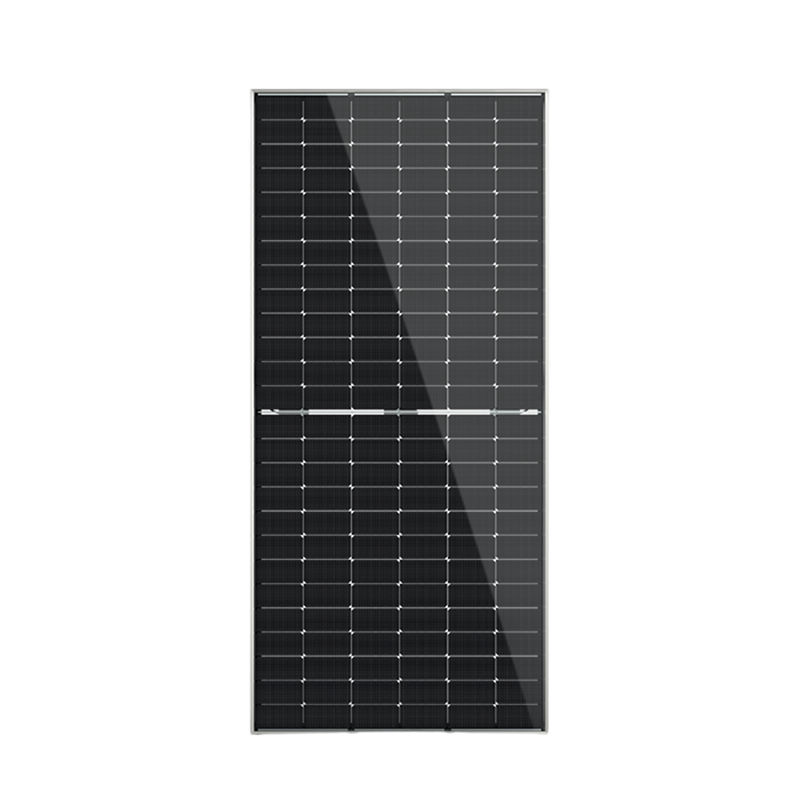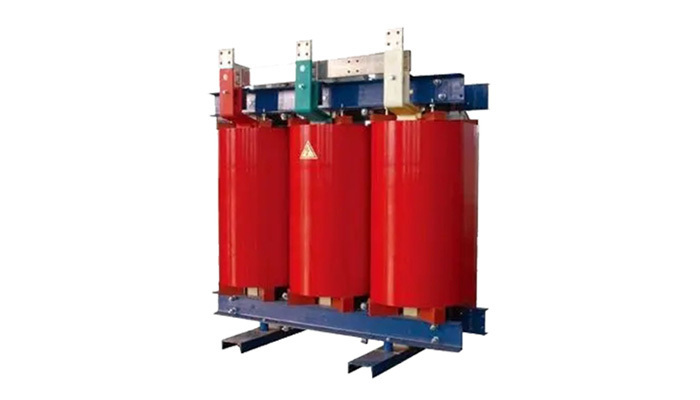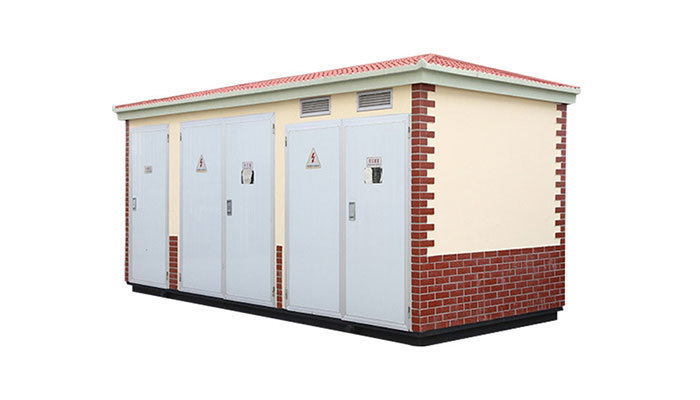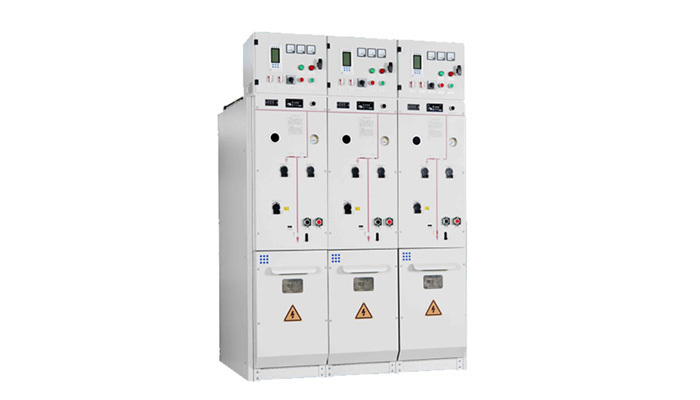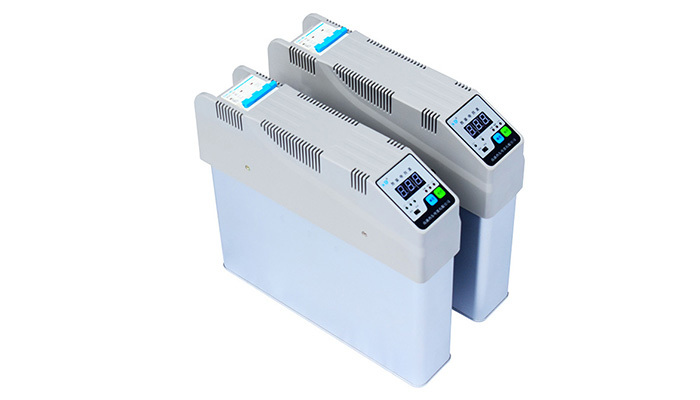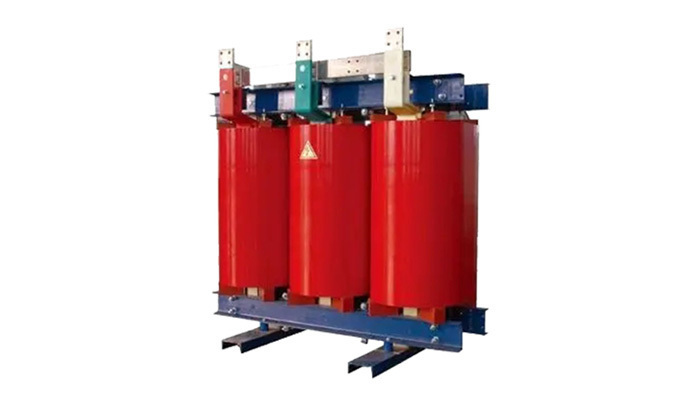Understanding Prefabricated Substations: Efficiency in Power Delivery
Release time:
2025-07-15
Understanding Prefabricated Substations: Efficiency in Power Delivery
Table of Contents
- 1. Introduction to Prefabricated Substations
- 2. What Are Prefabricated Substations?
- 3. Advantages of Prefabricated Substations
- 4. Key Components of Prefabricated Substations
- 5. The Installation Process: From Manufacturing to Commissioning
- 6. Applications of Prefabricated Substations in Various Industries
- 7. Challenges in Implementing Prefabricated Substations
- 8. Future Trends in Prefabricated Substations
- 9. Conclusion
- 10. FAQs About Prefabricated Substations
1. Introduction to Prefabricated Substations
In the ever-evolving world of electrical engineering, **prefabricated substations** have emerged as a pivotal solution to modern power delivery challenges. These compact, factory-built units offer a range of advantages, including quick deployment, reduced costs, and improved efficiency. This article aims to dissect the various dimensions of prefabricated substations, illustrating their significance in the electrical landscape.
2. What Are Prefabricated Substations?
Prefabricated substations, often referred to as **modular substations**, are complete electrical installations that are assembled in a factory setting before being transported to the installation site. These units typically include all the necessary components required for transforming voltage and controlling the distribution of electricity.
Prefabricated substations can vary in size and complexity, catering to different operational needs, from small residential areas to large industrial zones. The factory-made nature of these substations ensures that they adhere to strict quality standards while significantly reducing on-site construction time.
3. Advantages of Prefabricated Substations
The shift towards prefabricated substations is driven by several key advantages:
3.1 Cost Efficiency
Prefabricated substations are often more cost-effective than traditional construction methods. By minimizing onsite labor and construction time, companies can save significantly on overall project costs.
3.2 Speed of Installation
Since these units are pre-assembled, the installation process is expedited. This speed allows for quicker connections to the power grid, reducing downtime for businesses and residents alike.
3.3 Enhanced Safety and Reliability
Factory construction allows for better quality control and the implementation of safety measures. Prefabricated substations are designed to meet rigorous safety standards, which ensures enhanced reliability in power delivery.
3.4 Flexibility and Scalability
Modular design enables easy scalability. As demand grows, additional units can be added with minimal disruption to existing services.
3.5 Environmental Impact
Prefabricated substations can be designed with eco-friendly materials and energy-efficient components, thus minimizing their environmental footprint.
4. Key Components of Prefabricated Substations
Understanding the key components of prefabricated substations is essential for grasping their functionality and applications. Some of the primary components include:
4.1 Transformer
Transformers are crucial for voltage transformation, allowing for electricity to be efficiently transmitted over long distances.
4.2 Switchgear
Switchgear provides a means for controlling and protecting electrical circuits. It enables operators to isolate equipment for maintenance and troubleshooting.
4.3 Busbars
Busbars serve as a central point of distribution for electrical energy, connecting various components within the substation.
4.4 Control Systems
Modern prefabricated substations are equipped with sophisticated control systems that enable real-time monitoring and data analysis, enhancing operational efficiency.
4.5 Protection Relays
Protection relays are essential for safeguarding equipment from overloads, short circuits, and other electrical faults.
5. The Installation Process: From Manufacturing to Commissioning
The journey of a prefabricated substation begins in a manufacturing facility, where skilled workers assemble the components to meet specific project requirements. The installation process can be broken down into several key stages:
5.1 Design and Customization
The first step involves careful design and customization based on the client's needs. Electrical engineers work closely with clients to create a tailored solution.
5.2 Factory Assembly
Once the design is finalized, the manufacturing team assembles the substation components in a controlled environment, ensuring quality and compliance with safety standards.
5.3 Transportation to Site
After assembly, the completed unit is transported to the installation location. Planning for transportation is crucial to avoid damage during transit.
5.4 On-site Installation
Upon arrival, the substation is positioned and connected to the existing electrical infrastructure. This process is swift, thanks to the pre-assembled nature of the unit.
5.5 Commissioning
The final step involves extensive testing and commissioning to ensure everything is operating correctly. This phase guarantees that the substation is ready for use.
6. Applications of Prefabricated Substations in Various Industries
Prefabricated substations are versatile and can be utilized across multiple sectors, including:
6.1 Industrial Sector
In industrial settings, prefabricated substations facilitate efficient power distribution, supporting machinery and processes that require reliable electricity.
6.2 Renewable Energy
The growth of renewable energy sources, such as solar and wind, has increased the demand for modular substations that can be deployed quickly to connect these energy sources to the grid.
6.3 Urban Development
As cities expand, prefabricated substations provide a compact solution for meeting the rising electricity demands of urban populations.
6.4 Telecommunications
Telecommunications companies use prefabricated substations to ensure that data centers and communication towers receive uninterrupted power supply.
6.5 Emergency Response
In disaster recovery situations, prefabricated substations can be rapidly deployed to restore power to affected areas, demonstrating their critical role in emergency management.
7. Challenges in Implementing Prefabricated Substations
While the benefits are considerable, there are challenges associated with implementing prefabricated substations:
7.1 Regulatory Compliance
Navigating the regulatory landscape can be complex, as different regions have specific requirements for substations.
7.2 Site Constraints
Physical limitations at the installation site can impact the deployment and effectiveness of prefabricated substations.
7.3 Initial Cost Investment
While overall costs may be lower, the initial investment for prefabricated substations can be significant, which may deter some organizations.
7.4 Integration with Existing Systems
Integrating new substations with existing electrical infrastructure requires careful planning and execution to ensure compatibility.
8. Future Trends in Prefabricated Substations
The future of prefabricated substations is promising, driven by advancements in technology and growing energy demands. Key trends include:
8.1 Smart Technology Integration
The incorporation of smart technologies will enhance monitoring, control, and predictive maintenance capabilities, optimizing performance.
8.2 Sustainable Designs
As sustainability becomes a priority, more manufacturers are focusing on eco-friendly materials and energy-efficient designs.
8.3 Increased Use in Smart Grids
With the rise of smart grid technology, prefabricated substations will play a crucial role in managing distributed energy resources and improving grid reliability.
8.4 Modular Expansion
Future designs will increasingly emphasize modularity, allowing for easier upgrades and expansions as energy demands shift.
9. Conclusion
**Prefabricated substations** have revolutionized the way we approach power delivery and distribution in various industries. Their advantages, including cost efficiency, rapid installation, and adaptability, make them an attractive solution for managing increasing energy demands. As we continue to advance technologically and emphasize sustainability, prefabricated substations will remain at the forefront of innovative electrical solutions, paving the way for a more efficient and reliable power delivery system.
10. FAQs About Prefabricated Substations
10.1 What is a prefabricated substation?
A prefabricated substation is a factory-assembled unit that includes all the necessary components for transforming voltage and distributing electricity, designed for easy installation at various sites.
10.2 How long does it take to install a prefabricated substation?
Installation times can vary, but prefabricated substations typically require significantly less time compared to traditional construction methods, often completed within weeks.
10.3 Are prefabricated substations safe?
Yes, prefabricated substations are designed and built to meet stringent safety standards, ensuring they operate reliably and safely within electrical networks.
10.4 Can prefabricated substations be customized for specific needs?
Absolutely. Prefabricated substations can be designed and customized to meet the unique requirements of different projects and industries.
10.5 What are the environmental benefits of prefabricated substations?
Prefabricated substations can utilize eco-friendly materials and energy-efficient components, reducing their environmental impact compared to traditional substations.
Get a Free Consultancy
If you have any suggestions, please leave a message or send an email to us.




